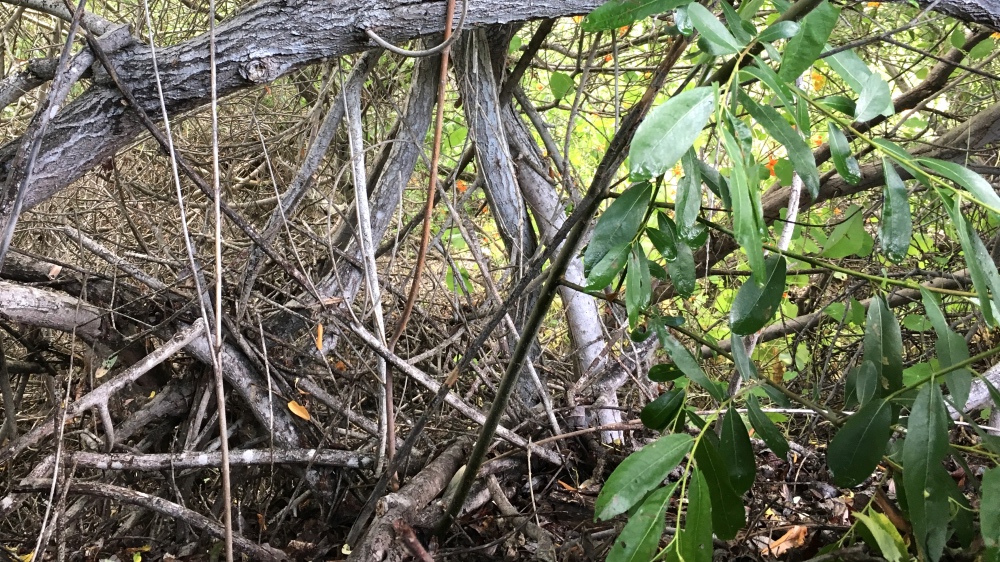The British Startup BioCarbon Engineering develops drones to restore wetlands by planting mangroves. Wetlands sequester a huge amount of carbon dioxide in plants above ground and in the soil. In fact, they store five times more carbon dioxide than tropical forest.
The soil of mangrove forests alone may hold the equivalent of more than two years of global emissions—22 billion tons of carbon, much of which would escape if these ecosystems were lost.
https://www.drawdown.org/solutions/land-use/coastal-wetlands
Besides capturing carbon dioxide, mangroves provide protection from storm surges. Once restored, they clean the water and bring back marine animals.
Unfortunately, mangroves are being cleared at an alarming rate. More than half of the world’s mangrove forests have been lost in the last 50 years. That brings me back to BioCarbon Engineering’s drones and how they help to restore coastal wetlands. So, how does it work?

First, a drone flies over the area to create a 3d map. This map is then used to decide where to plant. It drops biodegradable pods that are filled with a germinated seed and nutrients while recording each pod’s location. After planting the drone monitors the progress of the reforestation.
One of BioCarbon Engineering projects is in the Thor Heyerdahl Climate Park in Myanmar. Locals appreciate the restored mangrove forests because they are flood barriers and bring back crabs and fish. Long term success of the restoration can only be achieved with support from locals. Non-profits such as Worldview International Foundation work with local communities to train them to fly drones and monitor progress. Instead of making a living by selling the mangrove wood, locals are now making a living by restoring these wetlands.
And who pays for it? Non profits such as Sustainable Surf are launching projects for consumers and companies all over the world to finance the restoration of coastal ecosystems.
What I like most about BioCarbon Engineering is how the drones can scale up the reforestation of wetlands. We need all the help we can get to balance out our carbon dioxide emissions and this looks like a promising approach.
Sign up for weekly inspiration right in your inbox

